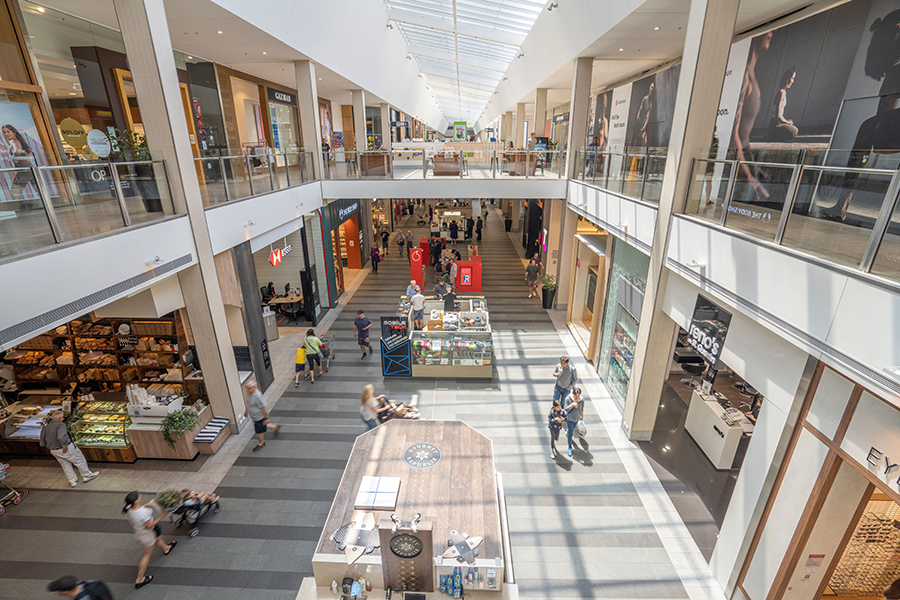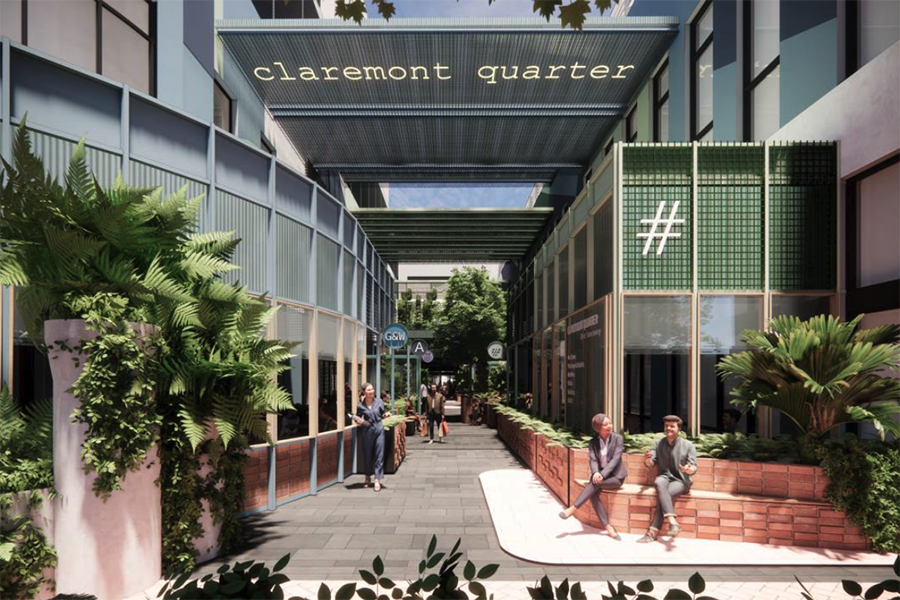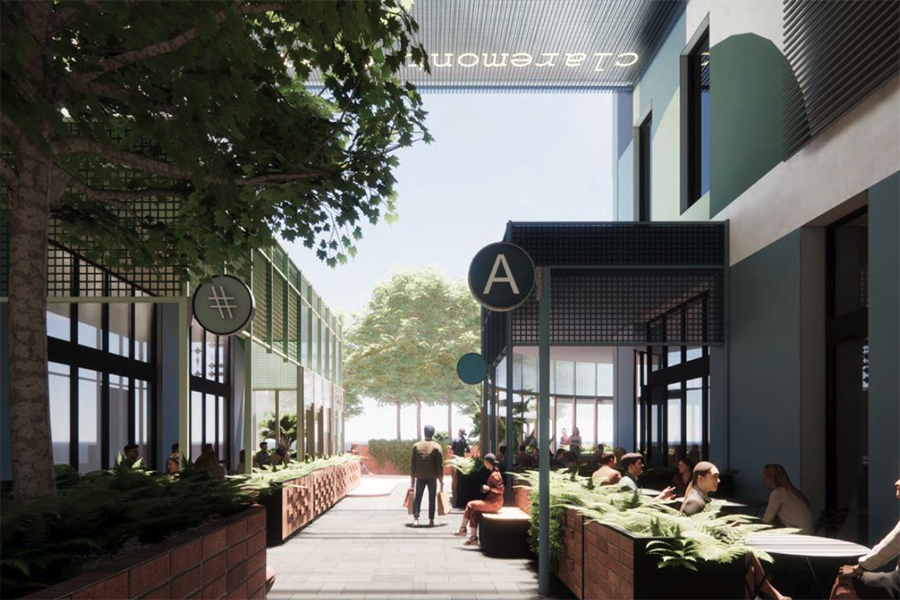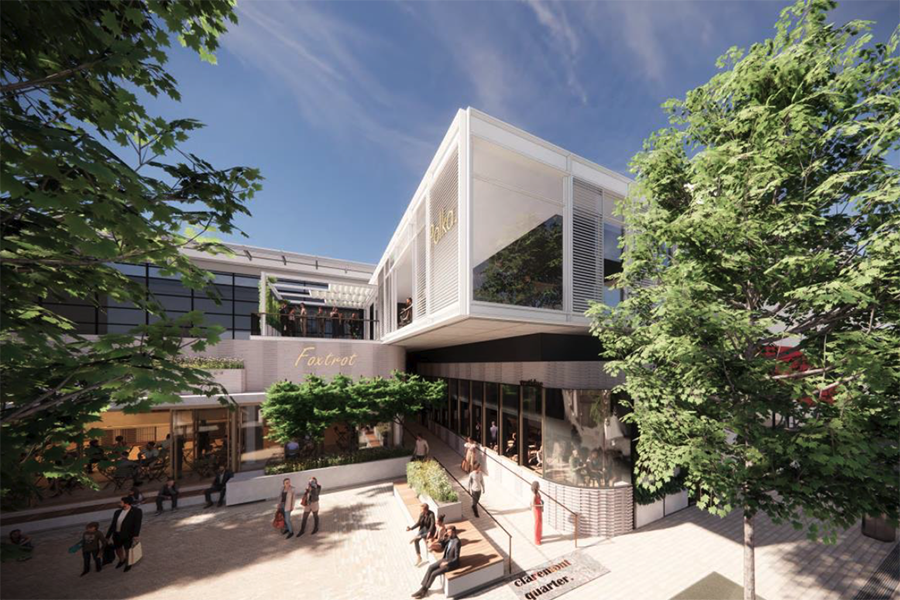QIC has exchanged contracts with Hawaiian on the purchase of QIC’s 50% share of Claremont Quarter in Western Australia, making Hawaiian the sole owner of the centre.
Claremont Quarter is positioned approximately 9km south-west of the Perth, in what is considered one of the city’s most prestigious suburbs. The centre occupies a highly strategic, landmark 2.7ha site, 100 metres north of the Stirling Highway.
Claremont Quarter offers a gross lettable area of 29,766m2 and is securely anchored by David Jones, Coles and Jack’s Whole Foods & Groceries, supported by five mini-majors and 108 speciality stores and kiosks.
The attractive tenancy profile includes a range of leading retailers such as Zimmermann and Sass & Bide alongside international luxury lifestyle brands including Chanel and Georg Jensen.
CBRE’s Head of Retail Capital Markets – Pacific, Simon Rooney and McVay Real Estate’s Sam McVay and Dan McVay exclusively acted on behalf of QIC to market the shopping centre stake.
Rooney said the sales process generated considerable investor engagement from both domestic and offshore groups, institutional and private capital as well as local high-net-worths and family offices ahead of Hawaiian exercising its rights.
“There are limited opportunities to secure holdings in dominant and strong performing shopping centres, in this case one located in what has historically one of the more tightly held markets in Australia. Claremont Quarter is a premium retail offering, underpinned by one of Australia’s most affluent catchments with high retail spending, driving the centre’s impressive turnover performance,” Rooney said.
“This transaction completes a week-long splurge on major shopping centres in Perth, following Vicinity Centre’s acquisition of the Future Fund’s 50% interest in Lakeside Joondalup. This signals the strengthening demand for regional shopping centres following a market recalibration,” Rooney added.
The divestment of Claremont Quarter, jointly held by the QIC Property Fund and QIC Town Centre Fund, is in line with client-endorsed strategies for both funds.
QIC Director of Real Estate Capital Markets James Doneley said the Claremont deal further showcased QIC’s ability to deliver successful transactions on behalf of investors.
“While still subject to FIRB approval, the pending purchase price was above QIC’s book value, which, if executed as planned, will be a very pleasing result for our investors and QIC,” Doneley said.

QIC Director of Real Estate Capital Markets James Doneley
“Moreover, the strong response to our Expression of Interest campaign in the past fortnight demonstrates that confidence is returning to the broader retail sector.
“Against this backdrop, we will continue to execute on market opportunities which drive strong performance for our investors.”
Both Hawaiian and QIC expressed their gratitude for the successful partnership they have enjoyed over the years.
“We are immensely grateful to QIC for their partnership and the remarkable achievements we have accomplished together at Claremont Quarter over the past 11 years,” Hawaiian COO Richard Kilbane said.
“Their contributions have been instrumental in helping to shape Claremont Quarter into the vibrant centre it is today.”
This pending acquisition underpins Hawaiian’s strong confidence in the future of Claremont Quarter and its commitment to creating thriving communities, with the completion of the exciting new Laneway precinct also set to be completed later this year.
“As we move through the formal settlement process, we are excited about the future and what this means for the centre and our community,” Kilbane added.
- Claremont Quarter Town Square
- Claremont Quarter Town Square
- Claremont Quarter Town Square
- Claremont Quarter Town Square
The settlement process is expected to be completed by late October 2024.
The Claremont Quarter deal is the latest major retail transaction in Western Australia, with over $1.6 billion in deals completed since the beginning of 2023.
The Western Australian retail market has strong fundamentals, benefiting from population growth, booming commodity prices, strong residential value growth, higher levels of disposable income compared to the national average and a relatively affordable cost of living – all property drivers for retail demand.
While Perth residential prices were essentially flat between 2010 to 2022, partly due to a slowing in mining construction activity, values have increased by 35%-40%, outpacing other capital cities.
Western Australia’s jobs boom is expected to be another tailwind for retail spending, with the unemployment rate in WA sitting at 3.7%, significantly below other capital cities.
A lack of new supply will also spur the market, driving up the productivity of existing assets.

























